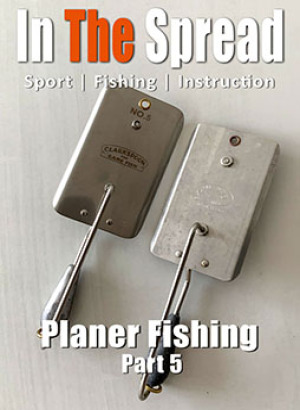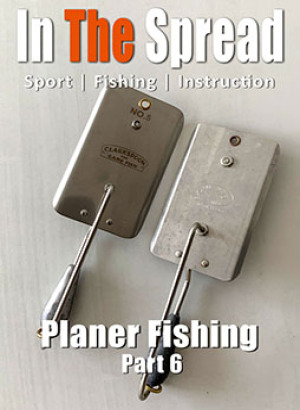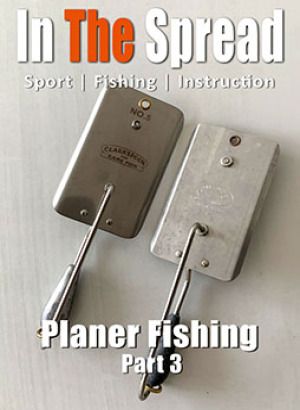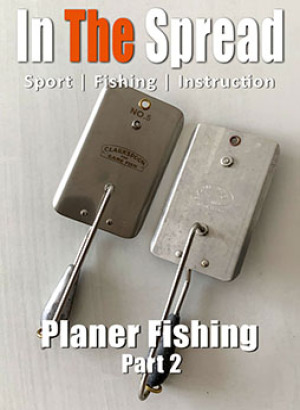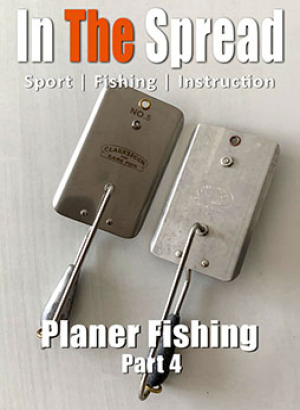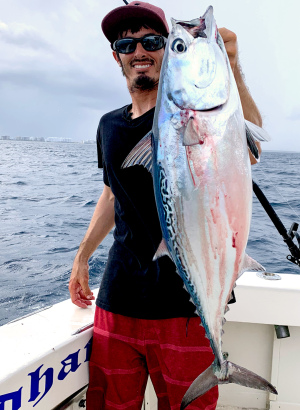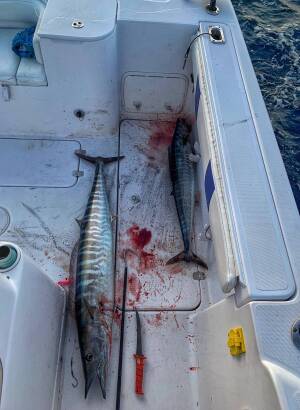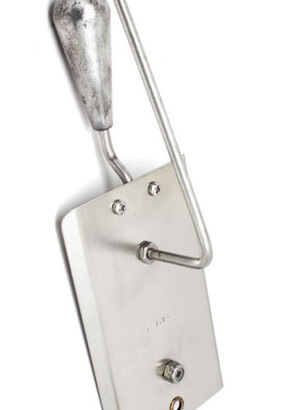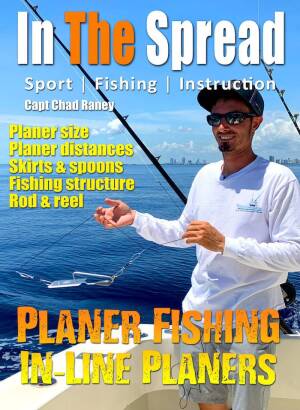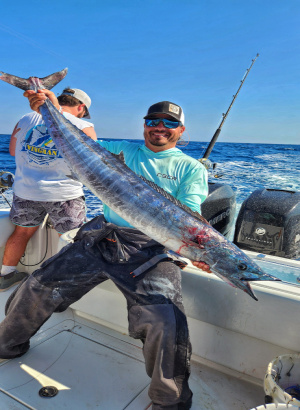Planer fishing revolutionizes deep-water trolling by targeting species like tuna, wahoo, and mackerel at precise depths. This comprehensive guide covers essential techniques, gear selection, planer sizes, and expert insights from Miami Captain Chad Raney. Learn in-line and bridled methods to effectively reach suspended fish in reef and wreck environments.
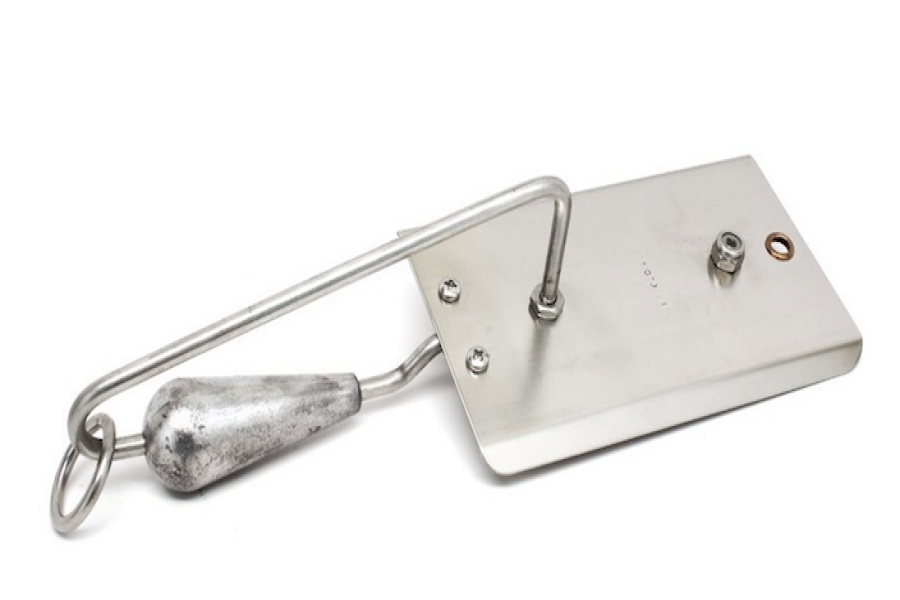
Planers Catch Fish
Mastering the Art of Planer Fishing
In the vast and ever-changing realm of angling, a technique known as planer fishing has emerged, revolutionizing the pursuit of the elusive deep-water dwellers. This comprehensive guide delves into the intricacies of planer fishing, a method that leverages the physics of the planer to troll baits and lures at varying depths, proving especially potent for targeting species suspended deep within the water column.
- Understanding Planer Fishing: A technique that allows trolling at varying depths, ideal for reef, wreck fishing, and targeting species like mackerel, wahoo, and tuna.
- Techniques in Focus: In-depth exploration of in-line and bridled planer fishing methods, each offering unique advantages in the quest for the deep-water dwellers.
- Expert Insight: Insights from Miami Captain Chad Raney, an expert in planer fishing, emphasizing the mantra "find the bait, find the fish."
- Tools of the Trade: A look at the essential gear for planer fishing, including wind-on leaders, rigs, baits, and the importance of boat driving skills.
- Planer Sizes and Usage: Understanding the significance of planer sizes and their role in reaching the desired depths for successful fishing.
- The Philosophy of Planer Fishing: Embracing planer fishing as not just a technique, but a philosophy, focusing on patience, precision, passion, and the ultimate satisfaction of a successful catch.
In the tapestry of fishing techniques, planer fishing stands out as a testament to the ingenuity and perseverance of anglers. This method, more than just a way to catch fish, represents a synergy between the angler, the gear, and the mysterious aquatic world below. It's a dance, a delicate balance of knowledge, skill, and intuition that allows the fisherman to reach into the depths and emerge victorious.
Diving into Planer Fishing: An Overview
Planer fishing, fundamentally rooted in the principles of depth and precision, employs a device known as the planer, a marvel of simplicity and ingenuity. This tool is instrumental in presenting baits and lures at specifically targeted depths, thereby dramatically enhancing the angler's ability to reach and entice a diverse array of species. Its effectiveness is particularly pronounced when pursuing fish that inhabit reefs and wrecks or those that prefer to remain suspended in the water column, such as mackerel, wahoo, tuna, snapper, amberjacks, and sailfish. These environments and species demand a fishing approach that can adapt to varied and often challenging conditions. The planer, with its ability to control the depth of the bait, meets this demand with remarkable efficiency.
The art of planer fishing is not a one-size-fits-all endeavor; it requires a keen understanding of the environment, the target species, and the most effective methods to reach them. This is where the choice between in-line and bridled methods of trolling planers becomes crucial. Each method has its unique set of advantages and suits different fishing scenarios and angler preferences.
The bridled method, noted for its innovation, streamlines the process of bringing the fish to the boat. By incorporating a bridle setup, anglers can directly reel in their catch, bypassing the traditional, more labor-intensive process of leadering a lengthy line. This approach is particularly advantageous when targeting fast-swimming and aggressive species, as it allows for quicker and more efficient handling of the fish. Additionally, the bridle method reduces the likelihood of losing fish due to less handling and shorter time between hooking and landing.
On the other hand, the in-line method, steeped in tradition, offers its own set of benefits. This method involves reeling the planer up to the rod tip, then hand leadering the fish onto the boat. While it may require more skill and effort, the in-line method provides a greater sense of control and connection with the fish. This approach is often preferred in scenarios where precision and a gentle touch are paramount, such as in clearer waters or when targeting more delicate species. The tactile nature of hand leadering also adds an element of excitement and challenge to the fishing experience, making it a favored technique among many traditionalists and sportfishing enthusiasts.
Both in-line and bridled methods have their place in the diverse world of planer fishing. The choice between them often depends on various factors, including the targeted species, the fishing environment, and the angler's personal preference and experience. In some cases, anglers may even employ both methods in tandem, adapting their approach based on the situation at hand. The versatility of planer fishing lies in its ability to cater to these varied preferences and conditions, making it a highly adaptable and effective technique for anglers seeking to explore the depths and challenges of the aquatic world.
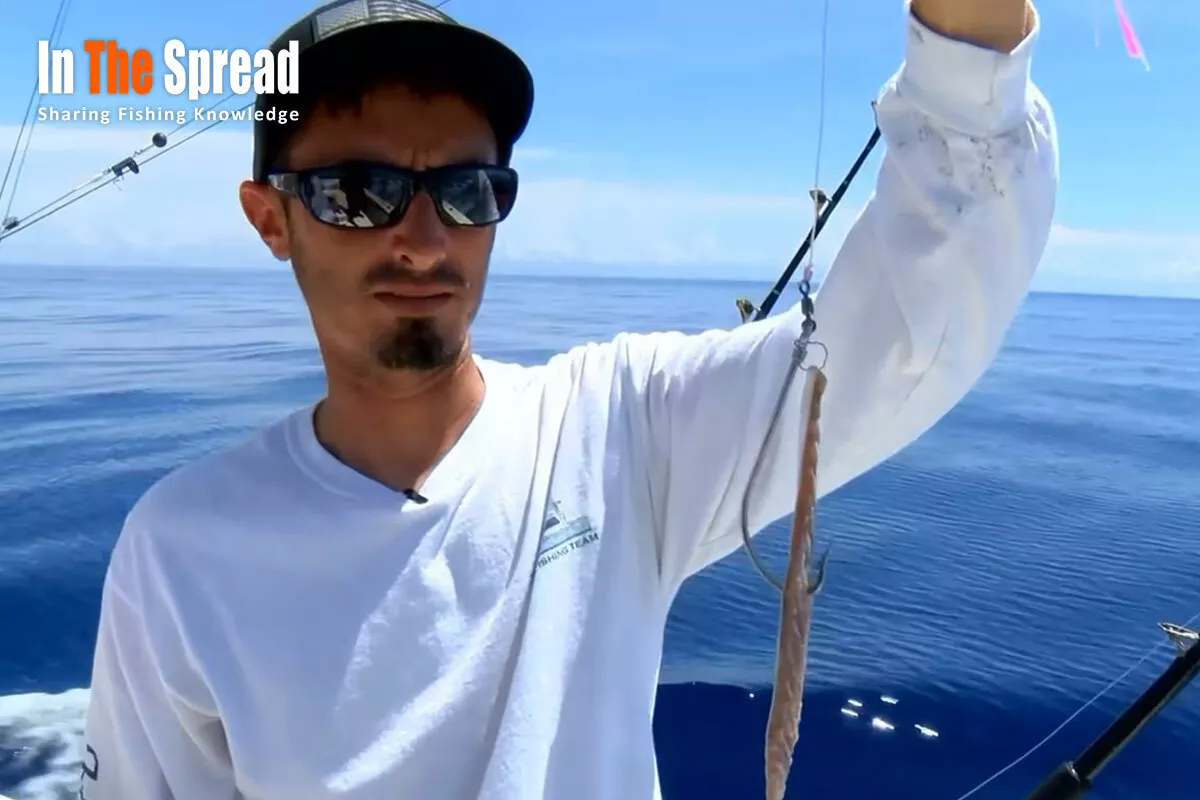
Expert Insights: Learning from Miami Captain Chad Raney
In the world of planer fishing, few names resonate like that of Miami Captain Chad Raney. A veteran of the south Florida waters, Raney's expertise in running both in-line and bridled planers is unparalleled. His philosophy is straightforward yet profound - to find the fish, one must first find the bait. Raney emphasizes the importance of presenting bait and lures at the depths where fish are feeding, especially during specific times of the year. His insights shed light on the importance of understanding the water, the behavior of the fish, and the most effective ways to utilize planer fishing to its fullest potential.
Gearing Up: The Tools of Planer Fishing
Success in planer fishing transcends mere technique; it is intrinsically linked to the mastery and utilization of a variety of tools and skills. Each element, from wind-on leaders to rigs, baits, planers, and even boat driving skills, serves as a critical cog in the complex machinery of a successful fishing expedition. The synergy of these components, when perfectly aligned, can elevate the fishing experience, enhancing both the enjoyment and the likelihood of a bountiful catch.
- Wind-On Leaders: The wind-on leader is a fundamental component in planer fishing. These leaders allow for a seamless transition from the mainline to the leader, reducing the stress on the line and the fish. They are designed for durability and strength, enabling anglers to handle large, powerful fish with greater control. The choice of leader material, length, and strength is crucial and should be tailored to the target species and fishing conditions.
- Rigs and Baits: The selection of the right rig and bait is a critical decision in planer fishing. The rig must be compatible with the planer and capable of withstanding the pressure of deep-water trolling. Baits, whether artificial or live, need to be chosen based on the target species’ preferences. The presentation of the bait is also vital; it must be natural and enticing, mimicking the movement and appearance of the prey species in the water.
- Planers: The heart of this technique lies in the planers themselves. These devices, available in various sizes and styles, are designed to dive to predetermined depths, pulling the bait down into the strike zone. The size and type of the planer should be selected based on the depth at which the target species is likely to be found, as well as the current and water conditions. Understanding the hydrodynamics of how planers work underwater is crucial, as it determines how effectively they can maintain depth and position relative to the boat.
- Boat Driving Skills: Often underestimated, boat driving skills are essential in planer fishing. The speed and direction of the boat greatly influence the behavior of the planer and the presentation of the bait. Skillful manipulation of the boat can create the ideal spread of the baits, covering a wider area and increasing the chances of attracting fish. Additionally, maintaining the correct speed is crucial; too fast, and the bait may not appear natural; too slow, and the planers may not reach the desired depth.
- Setting Up Your Spread Correctly: The arrangement or “spread” of planers and baits is a strategic process. It involves positioning each line and planer at varying distances and depths to cover the maximum area without causing tangles or interfering with each other. A well-set spread can simulate a small school of fish, significantly increasing the likelihood of attracting predatory species.
In essence, success in planer fishing hinges on an angler’s ability to harmonize these elements. A thorough understanding of how each tool functions and interacts with the others, coupled with the skill to adapt to the dynamic marine environment, can profoundly impact the effectiveness of a fishing trip. It’s this blend of knowledge, skill, and equipment that transforms planer fishing from a mere activity into an art form, offering both challenge and reward to those who venture into the deep in pursuit of the catch.
The Significance of Planer Sizes
In the specialized world of planer fishing, the size of the planer is not merely a matter of choice but a strategic decision that can significantly influence the outcome of a fishing trip. Planers come in a variety of sizes, each designed to fulfill a specific role in the angler's quest to outwit their aquatic targets. The adept use of different planer sizes is akin to an artist selecting the right brush to bring a painting to life; it's about precision, understanding, and adaptability.
Purpose of Different Planer Sizes:
- Small Planers: These are ideal for shallow water fishing or when targeting species that swim closer to the surface. Small planers are less intrusive and are perfect for clear water conditions where fish might be easily spooked. They can be used to target species like Spanish mackerel or kingfish, which often hunt just below the surface.
- Medium Planers: Medium-sized planers strike a balance between depth and maneuverability. They are versatile and can be used in a variety of fishing conditions. These planers are often employed when targeting mid-water column species like snapper or smaller tuna, offering a perfect blend of depth and subtlety.
- Large Planers: Large planers are the workhorses of deep-water trolling. They are designed to reach depths where light barely penetrates, a realm inhabited by elusive species like wahoo, large tuna, and certain types of billfish. These planers can dive deep, cutting through water layers to reach the zones where these species are known to hold.
Adapting to Fishing Conditions:
The choice of planer size should be dictated by the fishing conditions and the target species. For instance, in choppy waters or strong currents, a larger planer might be necessary to maintain the desired depth. Conversely, in calm and clear waters, smaller planers could be more effective. Seasonal changes also play a role; certain fish might migrate to different water depths depending on the time of year.
Targeting Specific Species:
Each fish species has its unique behavior and preferred habitat. Understanding these preferences is key to selecting the right planer size. For example, when targeting wahoo, known for their preference for deeper waters, a larger planer would be the tool of choice. On the other hand, if the aim is to catch king mackerel, which often feed closer to the surface, a smaller or medium-sized planer would be more appropriate.
Flexibility and Experimentation:
Mastering the use of various planer sizes allows anglers to be flexible and adaptive in their approach. It opens up opportunities to experiment with different depths and techniques, increasing the likelihood of a successful catch. Anglers can switch between different planer sizes based on real-time observations and experiences, making adjustments as needed to align with the fishes’ behavior on any given day.
The Art of Trolling with Planers:
Using different sized planers effectively also involves mastering the art of trolling. The speed of the boat, the length of the line, and the positioning of the planers all contribute to how deep each planer will dive and how it will behave underwater. This requires a deep understanding of the hydrodynamics involved in planer fishing, as well as a keen sense of observation and adaptation.
The judicious selection and utilization of various fishing planer sizes can indeed be a game-changer in the sport of fishing. It endows the angler with the ability to tailor their strategy to the prevailing conditions and the targeted species, transforming planer fishing into a dynamic and highly effective method of angling. The true mastery of planer fishing, therefore, lies not just in understanding the behavior of the fish but also in the strategic deployment of these crucial tools of the trade.
Embracing the Philosophy of Planer Fishing
Planer fishing transcends the mere act of catching fish; it embodies a philosophy. It's about understanding the rhythm of the water, the patterns of the fish, and the interplay of the tools at one's disposal. It's about the fusion of patience, precision, and passion. But above all, it's about the thrill of the hunt, the joy of the catch, and the satisfaction that comes from a well-executed plan.
Whether you're an experienced angler or just starting your journey, planer fishing offers a world of opportunities. With the right knowledge, tools, and a dash of patience, the art of planer fishing is within your grasp. Remember, the essence of successful fishing lies not in the gear or the techniques alone but in the profound understanding of the water, the fish, and the strategic use of the tools in your arsenal. With planer fishing, you're equipped with a potent tool, ready to unlock new depths and experiences. So gear up, embrace the adventure, and let the waters reveal their hidden treasures.


